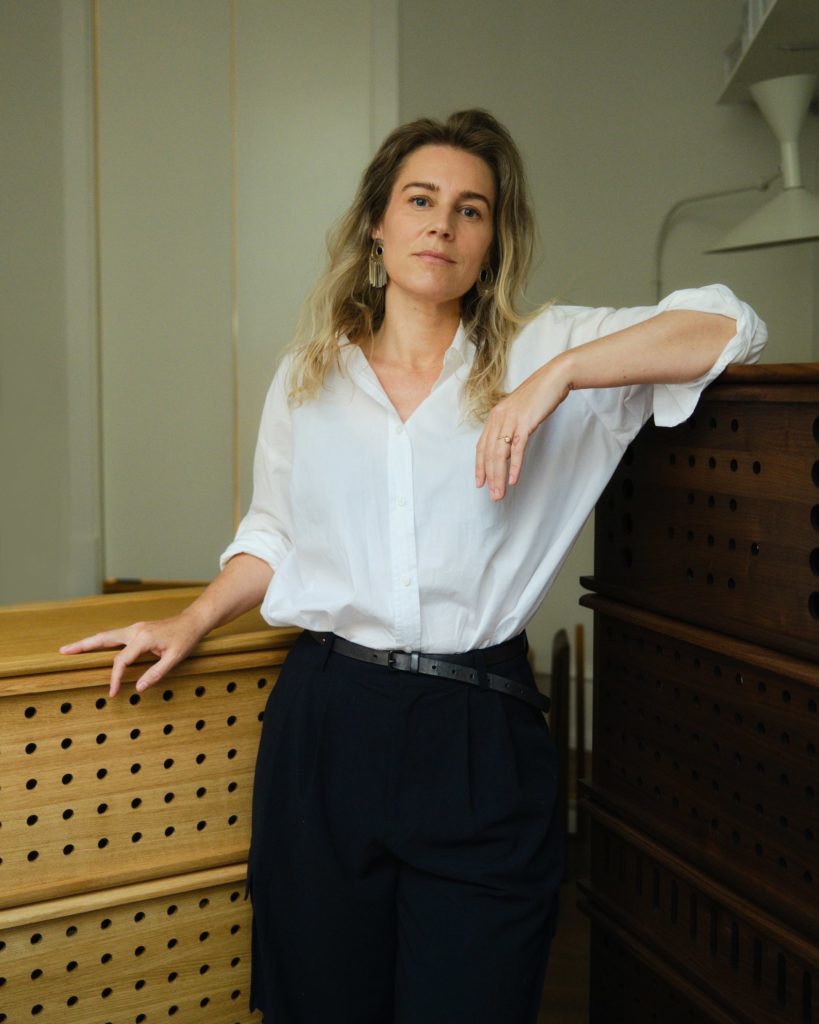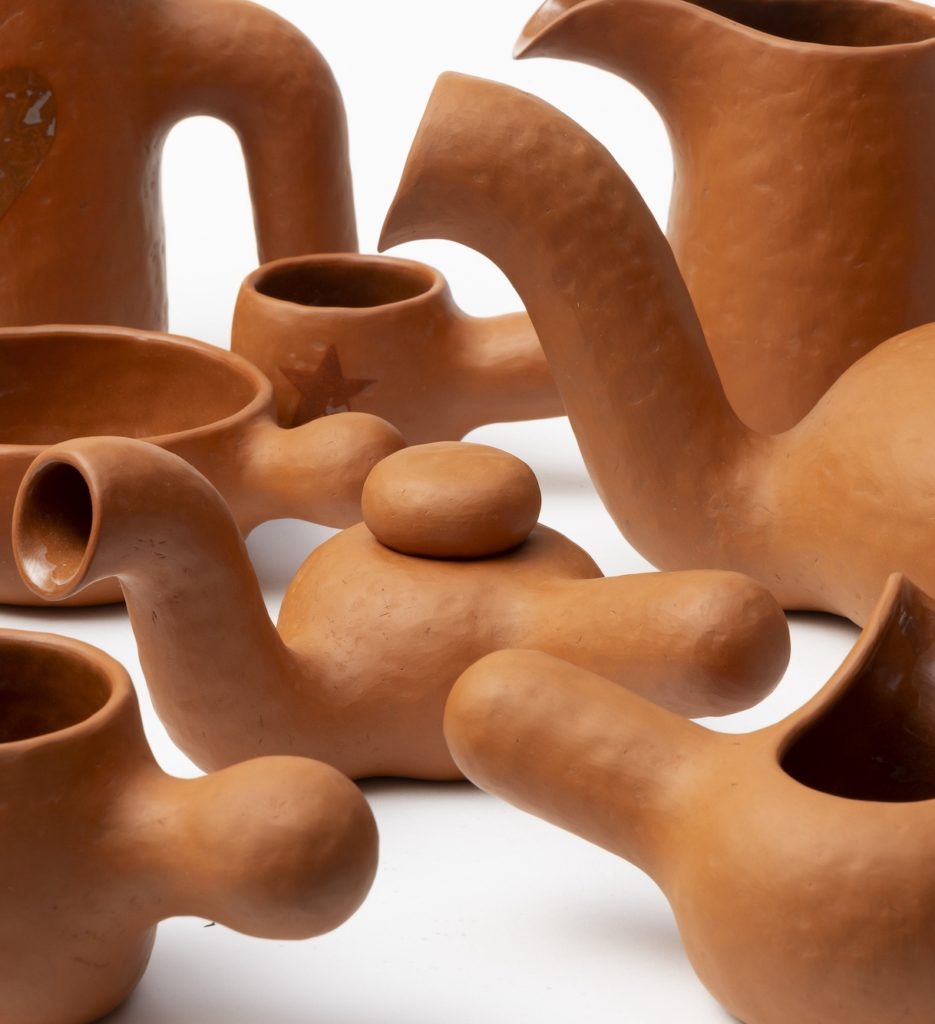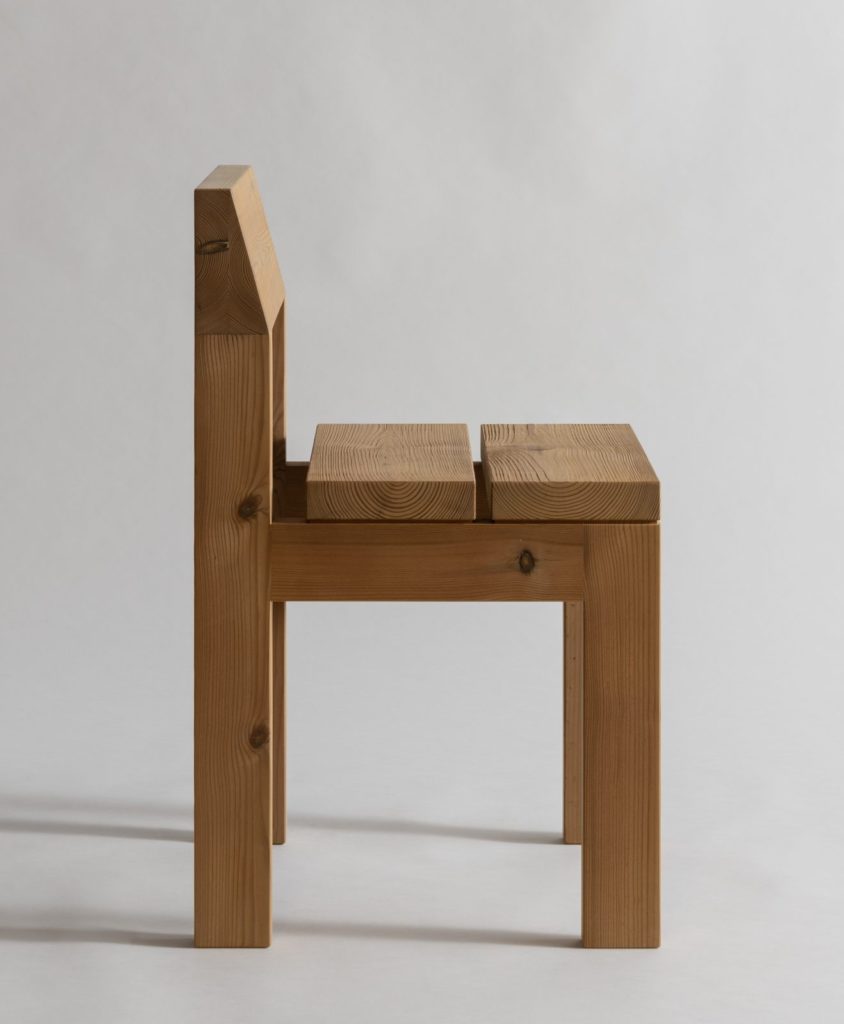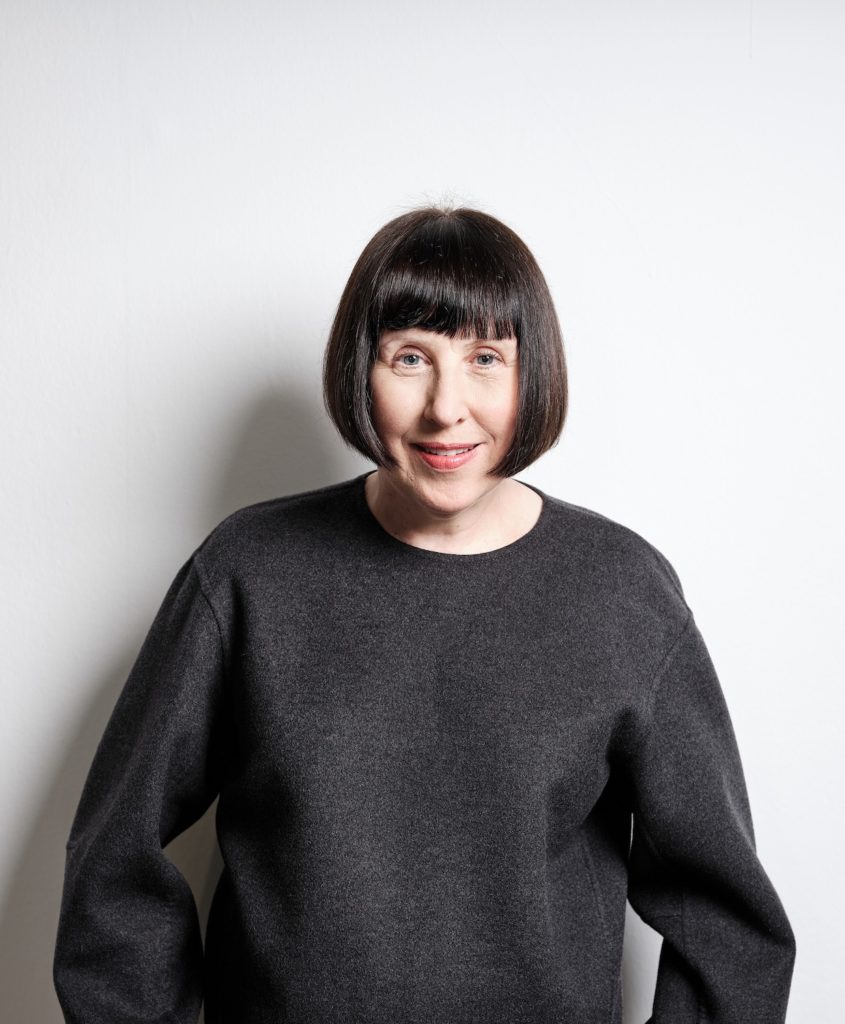Designmuseum Danmark: Connecting the past with the present and the future
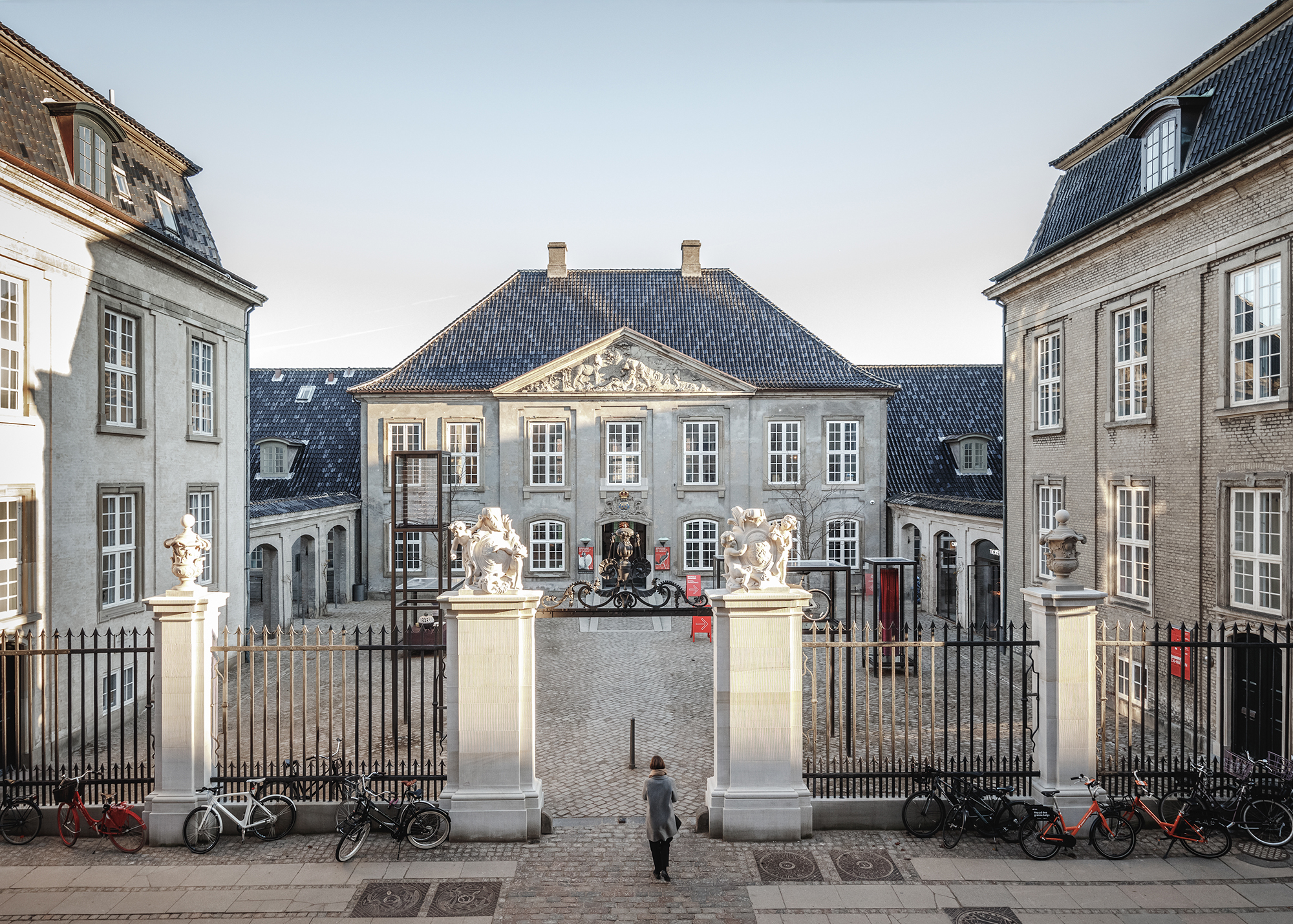
With the reopening of Designmuseum Danmark on June 19th fast approaching, we chatted with director Anne-Louise Sommer about how the organisation has transformed over her eleven years as their leading voice. From a wonderful, yet somewhat old-fashioned reminder of Denmark’s celebrated design history, to an open, engaging and inspiring space that is connecting the past with the present, and the future – the new Designmuseum is placing collaboration and discussion at its core.
With an educational and professional background combining art, architecture and design, Anne-Louise Sommer brings a wealth of experience to her role as director of Designmuseum Danmark. With an MA in literature, and her early professional years spent as a leading local voice across a range of creative fields, her critical approach to art, architecture and design led to roles as head of research and later rector of The Royal Academy School of Design. The diversity of these earlier roles has allowed Anne-Louise to focus on the history of Danish design, but has allowed her to also see first-hand where the future lies. It is this duality of experiences and knowledge that marks the biggest shift within the renovated walls of the new Designmuseum, as Anne-Louise explains;
“We have chosen to split the museum into three zones: Future, Wunderkammer and 20th Century modernism, the legacy. The idea behind curating the visitor experience like this, comes from a wish to show the historical collections side by side with the modern pieces and practices. Rather than lecturing our visitors in the chronology of design history, we want them to reflect on how they can create, use, or get inspired by others.”
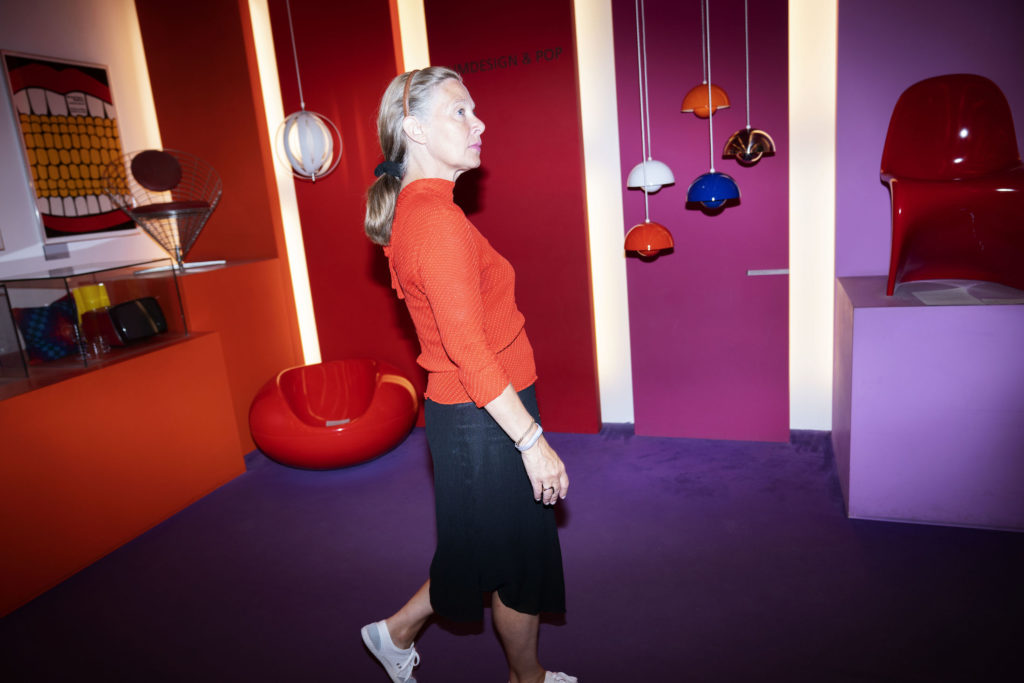
Collaboration within the three zones will allow the museum to move away from the lecturing Anne-Louise mentions, and into a space of discussion. Rather than providing a sole voice, dictating how we interpret design today, Anne-Louise has enlisted some of Denmark’s leading creative practices to provide a marked shift in how the storied organisation aims to reach out to, and relate to a growing audience of locals and foreigners alike. For example, creative shape-shifter Henrik Vibskov has been given free reign to create playful prints and patterns with the museum’s textile collection, while Margrethe Odgaard has been enlisted to interpret the ‘Wunderkammer’ display through her unique ability to combine colour, material, and space. Other creative collaborators include the the young design studio Mentze & Ottenstein, designer Boris Berlin and writer Kaspar Colling Nielsen amongst others, and while many contemporary interpretations of the museums existing collections will be displayed, Anne-Louise notes the importance of highlighting and promoting future design paths that are currently further from the mind when one mentions Danish design.
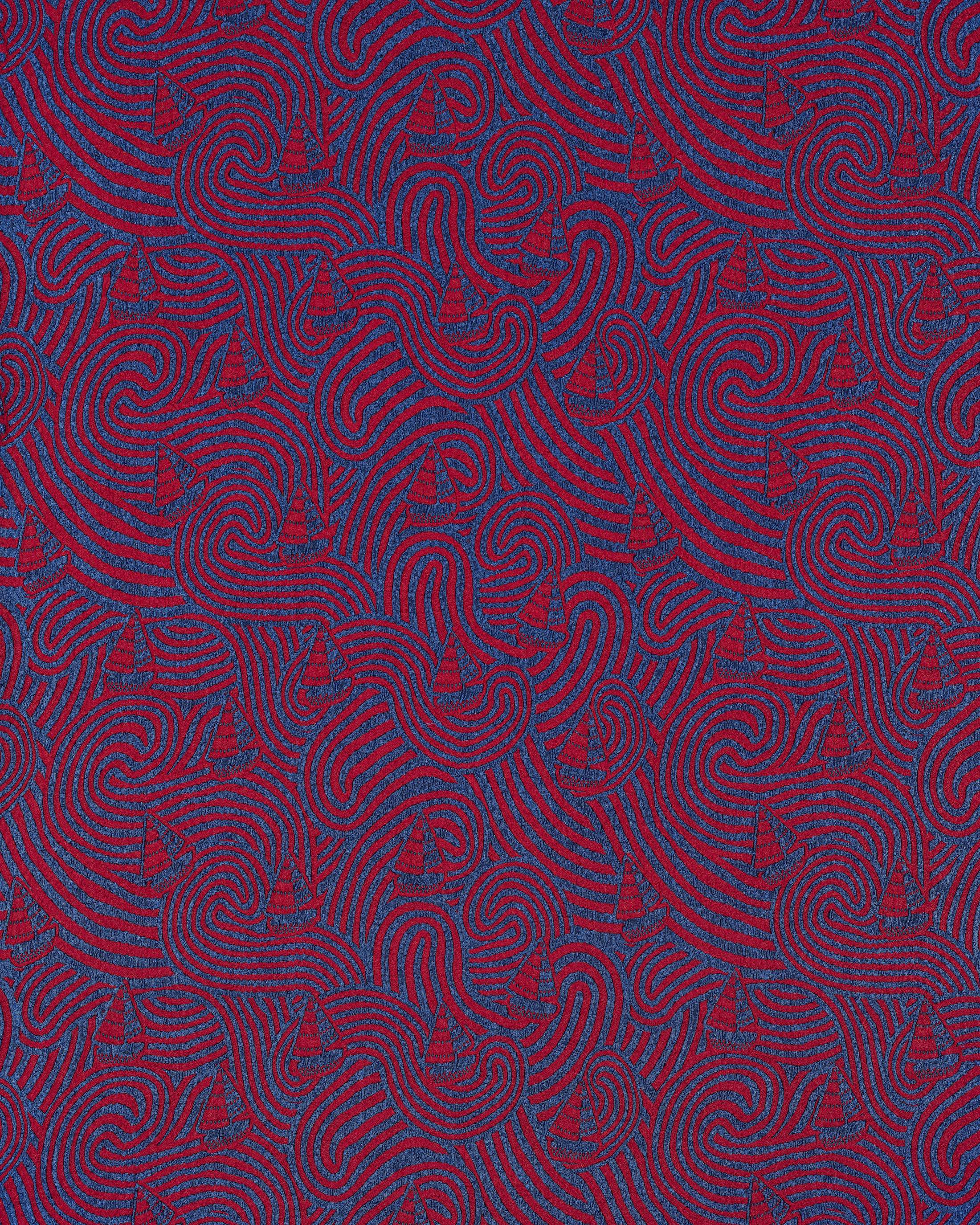
“In our exhibition ‘The Future is Present’, we have many different young designers and craftspeople, who work with a very exploratory approach: Jonas Edvard and Katrine Bendixen, just to mention a few. Edvard in his use of organic material like mycelium, sea grass and paper and Bendixen, in her lamp made from cow intestines. Designers like these are pioneering different methods of production, very much focused on local materials, which I find both important and interesting.”
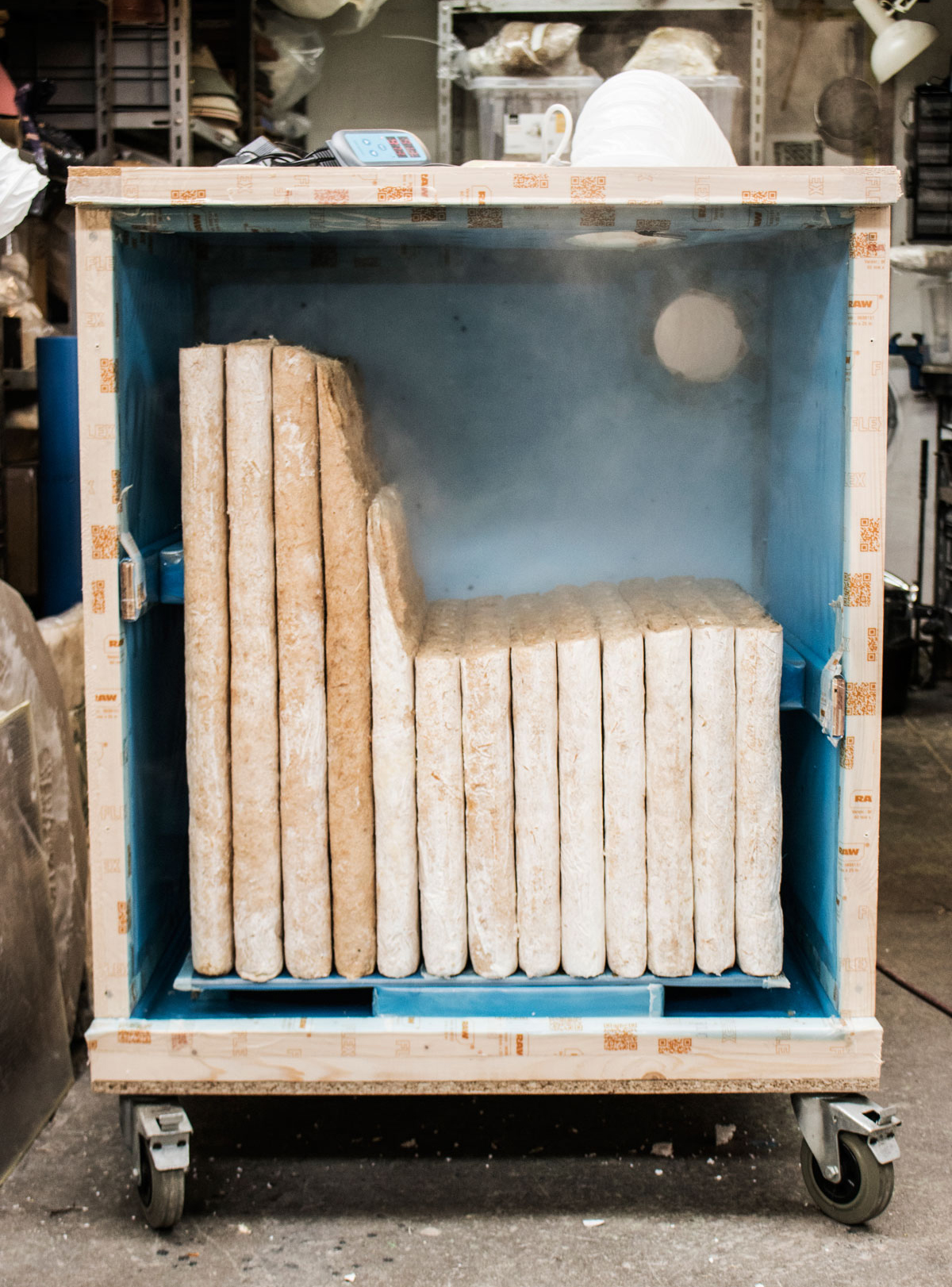
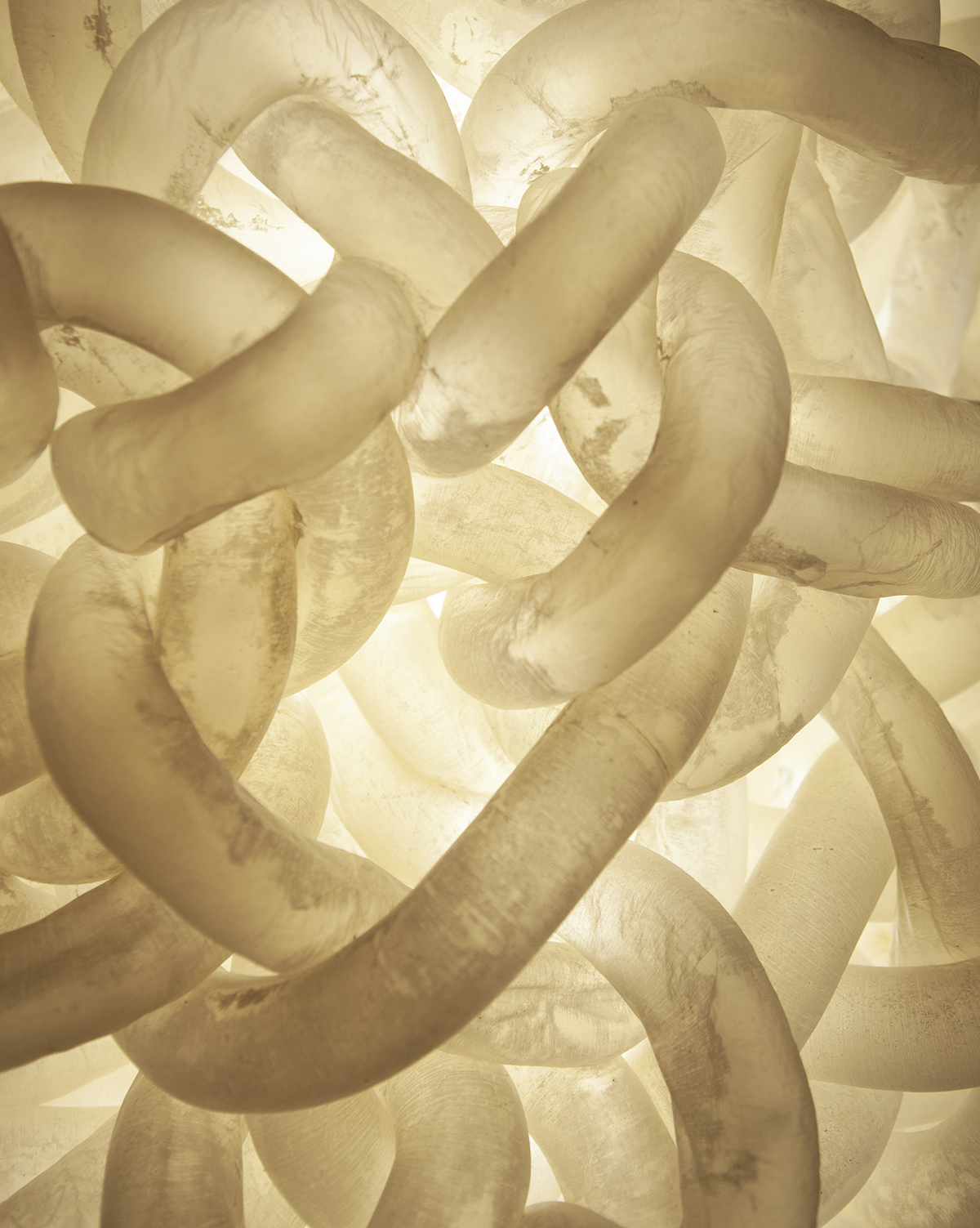
It is the weight given to contemporary and future design – alongside the historical work that makes Denmark so revered as a design nation, that has Anne-Louise excited about the reopening of such a historical Copenhagen location. While much work has been done to get to this stage, she notes that the museum is not resting on its laurels, with new projects on the horizon including a new experimental learning lab within the museum’s outdoor garden space. With a focus on themes such as sustainability and craftsmanship, educational additions such as this means visitors can approach the complex global issues of today alongside design on a more micro scale – such as the museum’s collection of tableware or textiles. The variety of exhibits means the updated Designmuseum Danmark has something for everyone, whether within the design community or experiencing Danish design for the first time.
“My hope is that visitors of all ages and backgrounds will leave the museum with the feeling of being inspired, wanting to explore their own creativity even deeper. Ideally they will leave with the feeling of being connected, more playful and curious about the world that surrounds them.”
